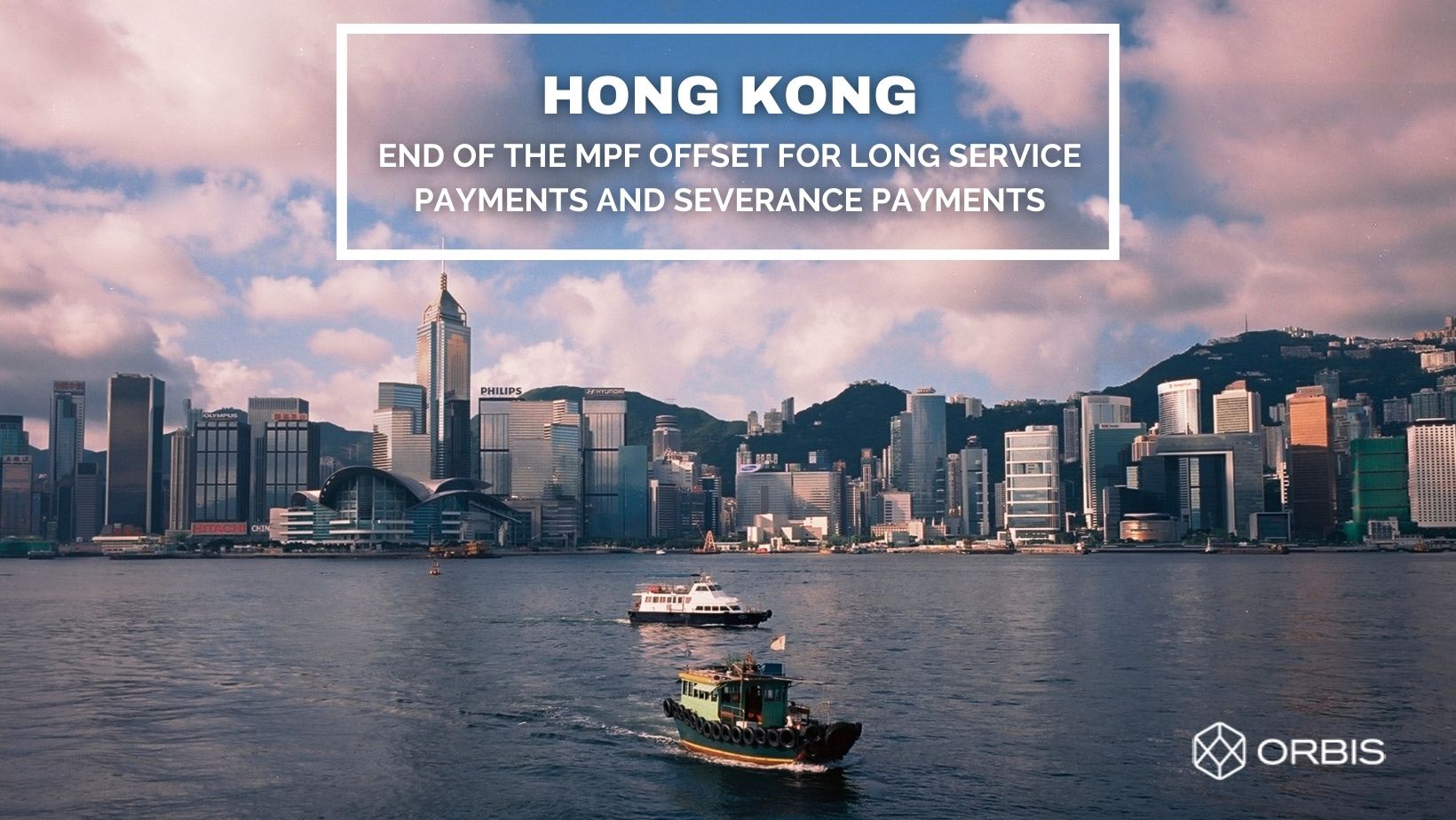The Mandatory Provident Fund – often abbreviated as MPF – is a compulsory saving scheme (pension fund) for the retirement of residents in Hong Kong. Under this scheme, employers and employees each contribute 5 per cent of the individual’s salary up to a combined maximum of HK$3,000 a month. Payments into an MPF account are compulsory for workers and bosses, but employers at present can use their portion of the contributions to make such payments.
Indeed, they are currently permitted to offset severance payments (SP) or long service payments (LSP) against their contributions under the MPF or other similar retirement schemes. This means that employees may not receive substantial compensation following redundancy or for long service.
The Employment and Retirement Schemes Legislation Bill, which has been passed by the Legislative Council on 9 June 2022, seeks to abolish the arrangement that allows employers to offset SP/LSP against the employer’s mandatory MPF contributions. Employers will still be able to offset SP/LSP against employer’s voluntary MPF contributions and gratuities.
The bill also amends eight pieces of existing legislation accordingly, such as the Employment Ordinance, the Mandatory Provident Fund Schemes Ordinance as well as the Inland Revenue Ordinance (Cap. 112) to make it clear that SP and LSP paid in accordance with this legislation are not chargeable to salaries tax.
It is important to note that this law abolishes the MPF offsetting mechanism without retrospective effect. This means that from a date (the transition date to be determined), employers will no longer be able to apply the offset. However, if an employee’s employment commenced before the transition date but was laid off after that, the employer can claw back their contributions to workers’ pension funds to cover their severance payments based on the years of employment before the date: the calculation of the severance or long-service payments will remain unchanged at two-thirds of the last monthly wages, subject to a maximum of HK$22,500, for each year of service, capped at HK$390,000. Authorities said such an arrangement would help reduce the risk of large-scale dismissals before the transition date.
In addition to this arrangement, a 25-year subsidy scheme will be introduced for employers to adapt to the new arrangement with a focus on supporting small and medium-sized enterprises (SMEs). As long as the total amount of such payments owed to all dismissed workers in a single year does not exceed HK$500,000, the employer would only be liable to pay them HK$3,000 each in the first three years of the new scheme and the government will pay the balance. After the first three years, the caps on payments will gradually rise over the next six, while the subsidies will be progressively reduced over the next years.
The offsetting arrangement is expected to be formally abolished in 2025 following the full implementation of the eMPF Platform, which is being developed by the Mandatory Provident Fund Schemes Authority. This gives employers some time to plan ahead. Once the offsetting mechanism will be officially scrapped, employees will see their pension funds accrued after the transition date being protected by the new law even if they are sacked or laid off by their employer.
If you have any questions about these changes expected to come into force by 2025, we would be pleased to provide further information and partner with you to navigate the transition. Please do not hesitate to contact our team at contact@orbis-alliance.com.

 English
English
 Français
Français  Español
Español 